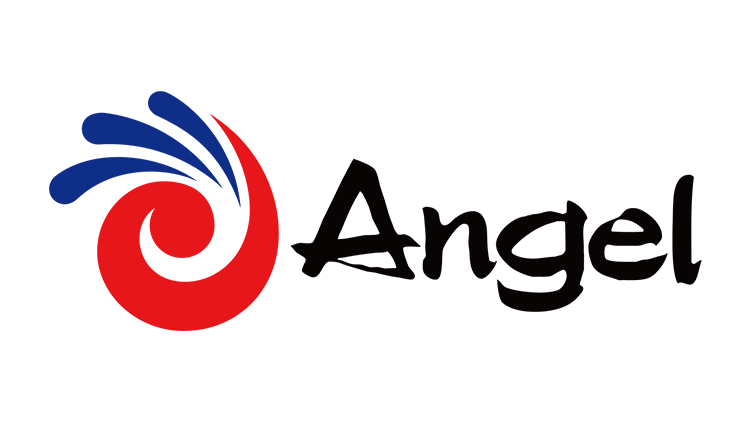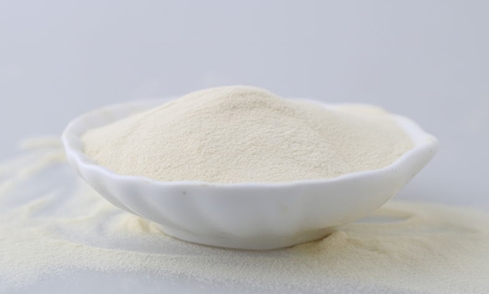Promotional Features
How rising global demand for protein is creating a need for eco-friendly alternatives
Demand for protein is threatening to overwhelm supply. The growing, increasingly wealthy global population is consuming more and more protein—and all the demographic trends point to demand continuing to rise in the coming years. With many sources of protein using up lots of land and water, and generating lots of greenhouse gases, a new option is needed to sustainably meet demand. Angel Yeast has addressed the need by developing a nutritious, eco-friendly protein.
Multiple forces are combining to put pressure on the supply of protein. The sheer number of people on earth is a key factor. With the global population forecast to hit 9.9 billion by 2050, humanity will need to find ways to feed 25% more people than it does today in the coming decades.1
The pressure may be even more intense than the population increase suggests. In recent years, the growth in the consumption of protein has outstripped the increase in the global population as many societies have become wealthier.
Protein consumption rose 40% globally between 2000 to 2018, in large part because of population growth and economic progress in Asia.2 In 1990, one-fifth of people in developing Asian countries were middle class or higher. That figure had jumped to 56% by 2008 and has continued rising ever since, with a further 1.5 billion people predicted to join the middle class in Asia by 2030.3–5
The economic progress is having significant, positive effects on human health and flourishing but is also increasing demand for protein. As people enter the middle class and gain more spending power, they tend to consume more protein. One-third of people want to consume more protein globally.6 Two-thirds of people associate protein with general health and wellness benefits.
In the past, consuming more protein meant eating more meat. However, the amount of land needed to produce meat, including space for growing crops to feed the animals, will make that impractical or impossible in a world of almost 10 billion people. Growing recognition of the amount of water used and greenhouse gases produced in agriculture, coupled to rising interest in reducing or eliminating animal products from diets, is another barrier to the use of meat to cater to the demand for protein.
Alternative plant and dairy-based protein sources are available but come with their own limitations. Some food and beverage manufacturers have turned to whey protein to meet demand, only to find price volatility hampers their growth. Whey prices are often volatile, and have become increasingly so, because they are tied to global milk supply and demand.7–9
Soy protein is another option with its own downsides. While less land and water intensive than beef production, soy still takes up farmland and agriculture resources and some consumers have concerns about the effects of the protein on their health. The mix of health and environmental concerns have contributed to falling sales of soy-based products in some markets.10,11
Developing a better alternative protein
The search for a sustainable, animal-free and non-GMO source of protein has led forward-thinking food and beverage companies to yeast. The yeast industry takes molasses, a byproduct of the sugar refining process, and ferments the thick syrup to produce bio-organic fertilizer and yeast protein. The fertilizer supports the cultivation of sugar cane and sugar beet, making the yeast industry a model of a circular economy, and the protein is available for human consumption.
Yeast Protein AnPro80 from Angel Yeast Co., Ltd.
Producing yeast protein therefore uses less water and land, and generates fewer greenhouse gases, than making other proteins. In a world with rising protein consumption, the environmental and land use benefits of eco-friendly yeast protein could be critical. The process also supports price stability.
The protein itself has advantages, too. AnPro, the yeast protein made by market leader Angel Yeast, is as nutritious and digestible as whey protein and more nutritious and digestible than soy protein.12 The yeast protein is rich in branched chain amino acids. High levels of those essential nutrients make AnPro ideal for use in sports recovery applications.
Angel is now running a clinical trial in Australia to validate the effect of AnPro on muscle strength and endurance. The study is comparing AnPro to whey protein and placebo to show if the yeast protein can improve the performance of lightly trained people such as weekend runners. Clinical validation of the protein could be a game changer for the sports nutrition market.
Food and beverage brands can easily add the novel protein source to smoothies, energy bars, dietary supplements, powders, meal replacement powder and other products to create products tailored to different groups of users. While AnPro is well suited to use in sports nutrition and recovery products, it is equally applicable to foods and beverages aimed at seniors who need to consume more protein.
Angel, as the largest yeast extract supplier in the world, is equipped to continue providing AnPro at a stable price as demand for the protein grows. The stability and security of AnPro supply removes a headwind for food and beverage brands, empowering them to create new products that address the protein needs of consumers without burdening the planet.
References
1. World population to reach 9.9 billion by 2050. https://sdg.iisd.org/news/world-population-to-reach-9-9-billion-by-2050/.
2. Protein Market: Size of the prize analysis for Australia. https://www.fial.com.au/blogs/post/protein-market-size-of-the-prize-analysis-for-australia.
3. This chart shows the rise of the Asian Middle Class. https://www.weforum.org/agenda/2020/07/the-rise-of-the-asian-middle-class.
4. Asian Development Bank. Key indicators for Asia and the pacific 2021. (2021).
5. Asia’s Emerging Middle Class: Past, Present, And Future. https://www.adb.org/sites/default/files/publication/27726/special-chapter-02.pdf.
7. Health nutrition trends shaping the future of the global whey protein market, reveals fact.MR. Fact.MR https://www.globenewswire.com/en/news-release/2019/09/09/1912661/0/en/Health-Nutrition-Trends-Shaping-the-Future-of-the-Global-Whey-Protein-Market-Reveals-Fact-MR.html (2019).
8. Dairy market volatility: an agricultural insight. https://natwestbusinesshub.com/articles/dealing-with-dairy-market-volatility-an-ahdb-insight.
9. Whey & Lactose: Market Fueled by High Protein. THE INGREDIENT MARKET.
10. Nargundkar, J. All about milk (and milk substitutes). https://foodbev.biz/2014/04/30/all-about-milk-and-milk-substitutes/ (2014).
11. Meet the new ‘meat’ eater - NielsenIQ. https://www.nielsen.com/us/en/insights/article/2019/meet-the-new-meat-eater/ (2019).
12. AnPro - Yeast Protein, non-GMO & non-animal protein source. https://en.angelyeast.com/products/human-health/yeast-protein-anpro.html.







